Operations Center
Having operations centers equipped with state-of-the-art responsive monitoring command and control systems is vital to the day-to-day functions of businesses, government entities, and the military. We understand how critical these applications are and how much they impact all Americans. This is why we leverage our extensive experience in this key area to design and implement the most reliable and efficient systems possible.
Boardroom Recording Equipment
In addition to making a statement about your company, your boardroom's AV solutions, including boardroom recording equipment, must be expertly engineered and highly reliable. This will ensure everything works flawlessly and the time of those present at the table is well spent. Our consultants will work with you to evaluate your AV requirements and to make sure the appropriate set of products is put in place.
Room Combining Systems
Room combining systems allow end users to combine and share the audio/visual resources of a room or group of rooms to accommodate larger audiences and more participants. By using divisible walls, users can combine smaller rooms into larger meeting and conference spaces simply by opening the walls. While the walls are open, all audio/visual resources are shared throughout the combined room's speakers and displays from a central location. When the walls are closed, the rooms function independently to accommodate smaller groups.
Video Conferencing Suite
Videoconferencing is an integral tool for communicating in today's business world. Ideal for holding multiple location training, brainstorming sessions or corporate meetings, a video conferencing suite ensures effective data sharing and immediate face-to-face communications between participants in a variety of locations.
To create a versatile and reliable executive meeting space that suits your particular requirements, our conference room AV solutions range from a small, simple conference room with a projector and conference phone to a large executive conference room with integrated audio, video, displays, and control systems. Our experts will work with you to design a suite that perfectly suits your space requirements and communications needs.
Distance Learning Lab
In today's schools, classrooms are connected via network Internet access and video, voice, and data systems. Through state-of-the-art technology, a teacher's ability to communicate and reach out to students has been greatly enhanced, engaging and involving everyone in the classroom as never before. Distance learning labs are expanding both the reach and revenues of higher education institutions. Our communication solutions for interactive distance learning connect students with teachers and resources across campuses, school districts, and counties. Through features such as video streaming and teleconferencing, we transport classrooms to students and students to success.











